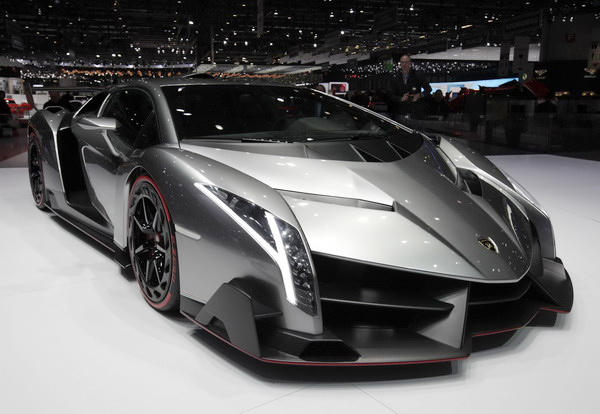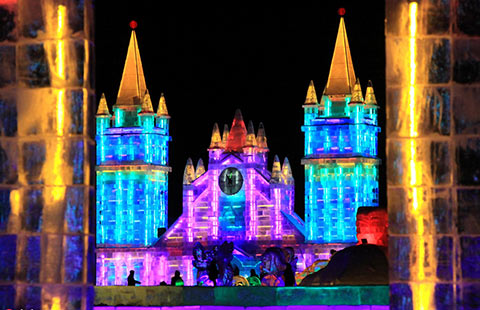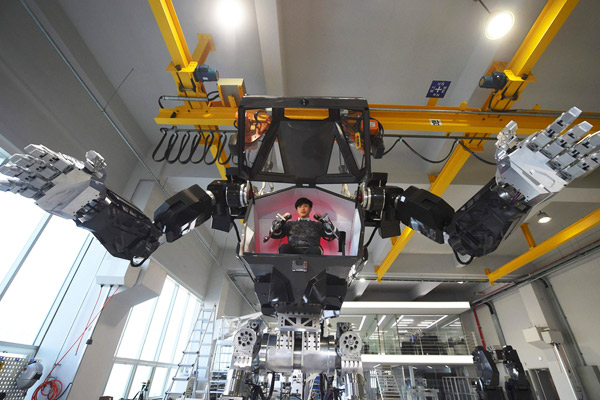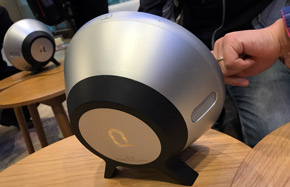Lamborghini Veneno sprang from tractors and toreros
(Agencies) Updated: 2013-03-12 08:58
|
 The Veneno car is pictured on the Lamborghini booth during the second media day of the 83rd Geneva Auto Show at the Palexpo Arena in Geneva. [Photo / Agencies] |
Swiss law student Victor Argand added: "If I had the money, I wouldn't buy this car, I'd buy the Ferrari."
Unlike the LaFerrari, which pairs a petrol engine with an electric motor to reduce fuel consumption and CO2 emissions, the Veneno eschews any pretext of being "green".
Its 6.5 liter V12 engine, which is mounted behind the seats, drives all four wheels through a seven-speed transmission.
The Veneno is rated at 740 horsepower, well below the Ferrari's 963 hp, but its ultra light weight helps the racy-looking two-door rocket from 0 to 100 km/h in just 2.8 seconds. Ferrari claims its hyper-hybrid makes the same sprint in "less than 3 seconds".
Like the Ferrari, the newest Lamborghini benefits from extensive use of carbon fiber composite in the chassis, body panels and cockpit. The space-age material, widely used in race cars, not only trims weight, but increases structural strength and crashworthiness.
Like the Aventador model on which it is based, and many previous Lamborghinis, the Veneno borrows its name from a famous Spanish fighting bull.
According to Lamborghini, the original Veneno gained notoriety nearly 100 years ago when the bull "fatally wounded the famous torero Jose Sanchez Rodriguez during a bullfight in the arena Sanlucar de Barrameda" in Andalusia in 1914.
Lamborghini's logo still carries the imprint of a "raging bull" in contrast to Ferrari's more civilized "prancing horse".
New LaFerrari hybrid debuts at Geneva auto show
130 new models unveiled at Geneva auto show
Lamborghini sees 20-30% rise in supercar sales
- China to remain as growth engine amid global uncertainties: Argentine analyst
- Chinese companies to build world's tallest twin towers in Cambodia
- Chinese innovations solidify its importance in global tech industry: CTA president
- Thomas Cook is targeting China's Man U supporters
- Beijing's coal use down by 57% since 2013
- Foreign cosmetic brands cut retail prices in China market
- China ups electricity price for outdated steel plants
- Chinese yuan weakens to 6.9526 against USD

















